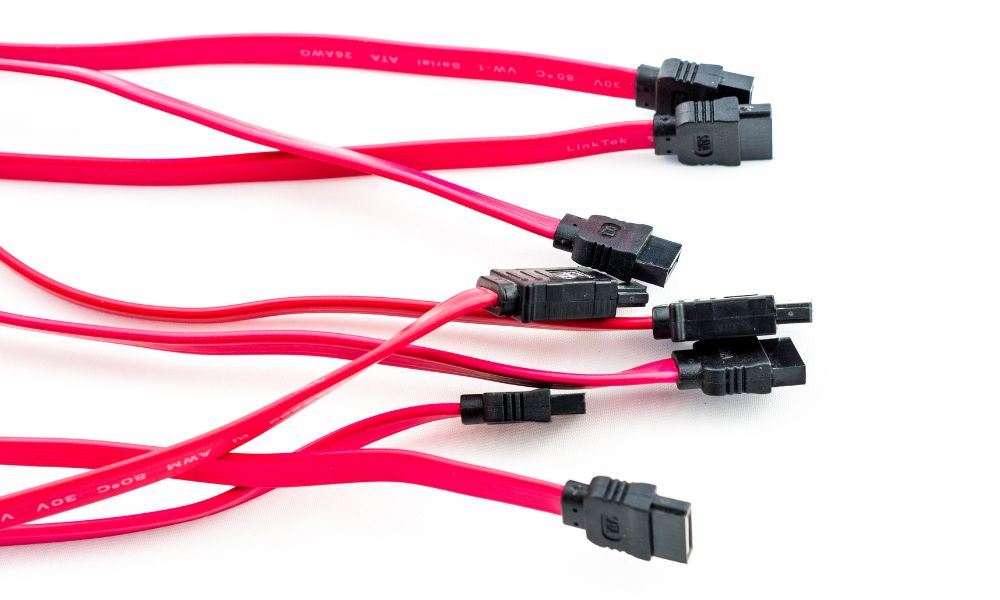
ATA and SATA cabling are two of the best options to consider when upgrading your computer system or constructing a new one. Both cords aid in communication and data transfer within the system and have distinct features and capabilities that impact performance and compatibility. Read on and learn the differences between ATA and SATA cabling and choose the best one for your needs.
What Is ATA?
ATA, or advanced technology attachment, is a standard interface for connecting storage devices inside computers, such as hard drives and CD-ROM drives. ATA underwent several iterations since its invention in the mid-1980s, resulting in improved speed and functionality over time.
Given its parallel data transmission using multiple lines, some people call this interface parallel ATA (PATA). It uses a 16-bit wide data bus, allowing for data transfer rates of up to 133 MBps. Despite its characteristics, ATA’s parallel transmission method poses challenges in speed and cable size.
Uses of ATA Cables Today
Though new technologies have replaced ATA, it still exists in the computing world. While it might not be the first choice for high-performance systems due to its speed limitations, ATA shines in legacy systems. These cables are also excellent for less demanding applications, such as data archiving.
What Is SATA?
SATA, short for serial advanced technology attachment, surpasses ATA’s limitations. As its name implies, SATA differs from ATA cabling because it transmits data in a serial fashion, one bit at a time, over a single cable. This method of transmission enables faster data transfer rates, with current SATA 3.0 standards supporting speeds of up to 6 GBps per second!
Additionally, SATA cables are thinner and more flexible than ATA cables, leading to improved airflow and easier cable management around the computer. These benefits and backward compatibility with older SATA versions make SATA highly versatile and powerful for many modern computing applications.
Uses of SATA Cables Today
SATA cables are prominent in high-performance systems due to their superior speed, flexibility, and compatibility. These cables are favorable in gaming rigs, high-speed servers, and professional workstations where speed and cooling are paramount.
The slim design and easy cable management make SATA cords preferable for compact and aesthetic-conscious builds. Backward compatibility also ensures they are effective in systems with older SATA versions, providing a future-proof upgrade path.
ATA vs. SATA
Data transmission methods, speed, cable size, and compatibility separate ATA from SATA cables. By using parallel transmission, ATA sends multiple bits of data simultaneously, while SATA uses serial transmission to send data one bit at a time, resulting in higher data transfer speeds. This speed difference gives SATA the upper hand in high-performance applications.
SATA cables are more popular due to their up-to-date features that assist in creating faster connections to storage devices. Although ATA is still relevant in computer setups, fewer configurations rely on these cables to keep up with the greater demand for data transmissions.
Both cables have benefits and uses in certain applications. If you need either cable, look into CableWholesale’s selection of network cables. We offer numerous varieties to help you meet your computing needs and offer bulk cords!



